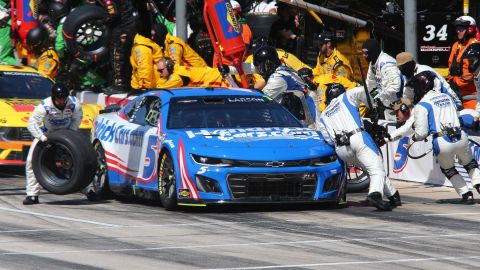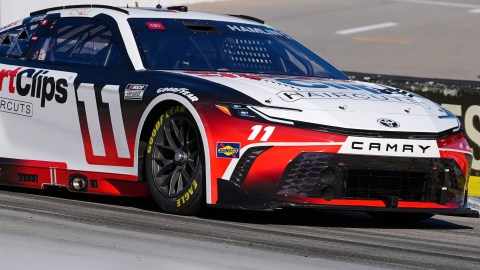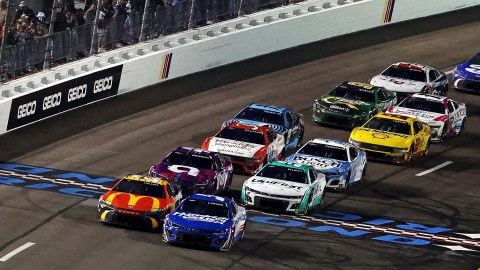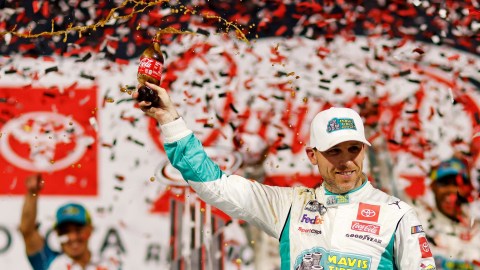With the steady stream of young talent pouring into Formula One, veteran drivers are feeling the pressure to perform as much as they ever have. That’s why many of the old guard probably were relieved to learn the new 2017 F1 cars actually might give them a bit of an advantage.
F1, like all categories of racing, goes through eras over time, with the introduction of new regulations changing the sport in one way or another. Sometimes when these new rules are implemented, older drivers can struggle to adapt to the new formula, but it doesn’t seem as though that will be the case this year.
Ahead of 2017, F1 underwent the most extensive regulations overhaul since it switched to turbocharged V-6 hybrid power units in 2014. Interestingly, rather than take the sport in a completely new direction, the new rules make the sport similar to how it was in the early 2000s, when drivers such as Lewis Hamilton, Kimi Raikkonen and Fernando Alonso made names for themselves.
The new cars have much wider tires than last year’s and produce a lot more downforce. To cope with the higher loads, Pirelli reworked its tire compounds, which drivers say are now harder than the previous blends. For drivers who were in the sport pre-2009, the return to durable tires and high-downforce cars could allow them to revert to their natural driving styles.
While no previous-generation of F1 cars have produced as much downforce as the new ones, cars from the V-10 era and early V-8 era came the closest. Since they too subjected their tires to immense loads, the rubber was hard to reduce wear, meaning drivers had a lot of flexibility in terms of how they set up their cars.
As former F1 racer Martin Brundle explained in a 2006 feature for iTV, some drivers, such as Raikkonen and Hamilton, like softer front ends so they can steer their cars with the throttle. However, pilots such as Alonso like the rear tires to grip more, and use the front end to scrub off a lot of their entry speed.
People with either of these driving styles have been forced to alter them since Pirelli introduced high-degradation tires to the sport at the behest of Formula One Management. The softer rubber required a more neutral chassis balance, otherwise people with Alonso’s preference would destroy their front tires, and those with Hamilton and Raikkonen’s styles would cook their rears.
For these drivers, 2017 represents a unique opportunity where the rule changes allow them to revert to techniques they’re more comfortable with. However, for younger drivers who only raced in F1 while there was high-deg rubber, it’s now their turn to adapt to new, very different tires.
While we’ll have to wait and see if Hamilton and Alonso drastically alter their styles from 2016, based on one spin from preseason testing, it seems Raikkonen already is working on setting up the SF70H to have a loose back end.
Thumbnail photo via Red Bull Content Pool



